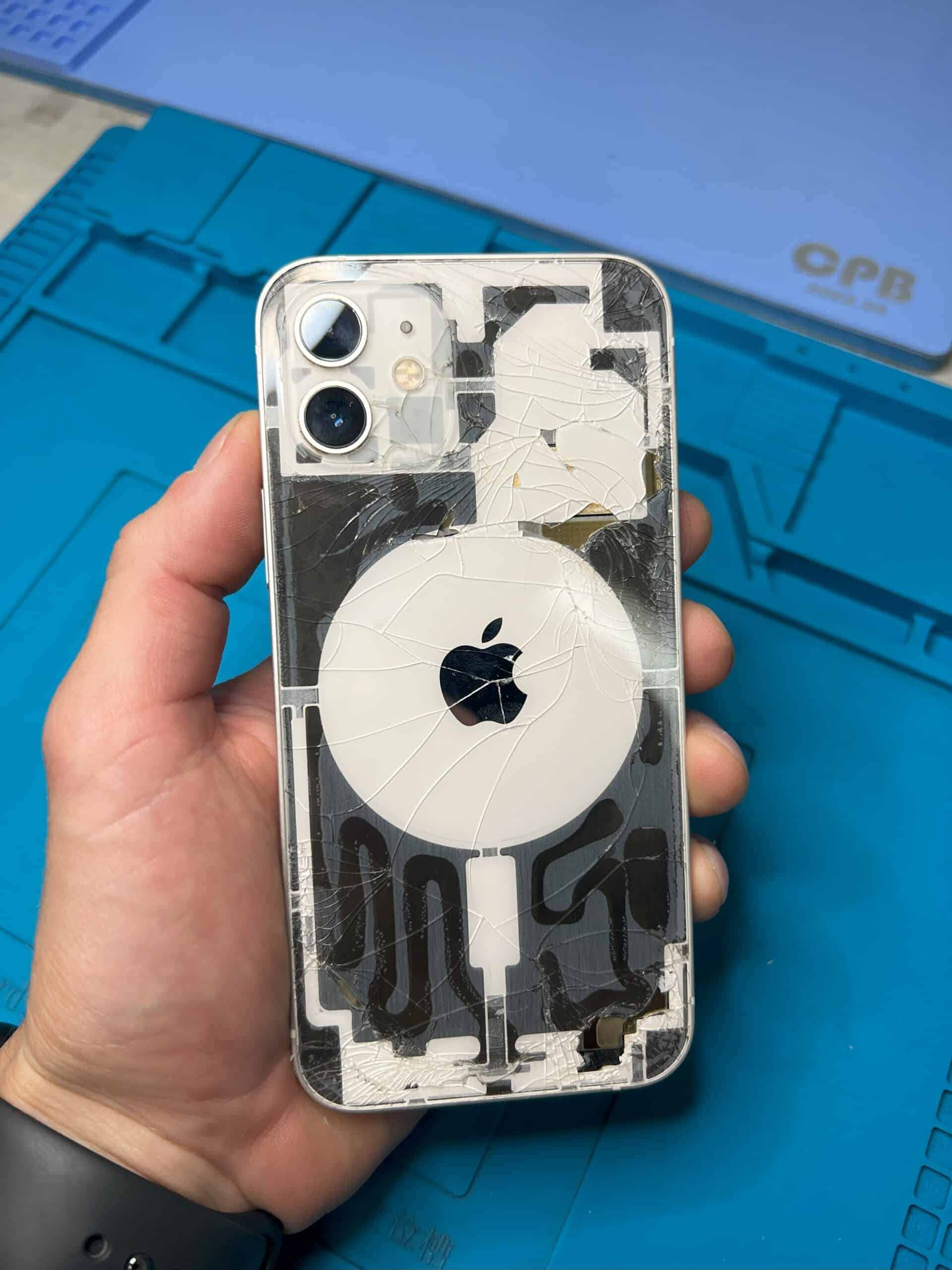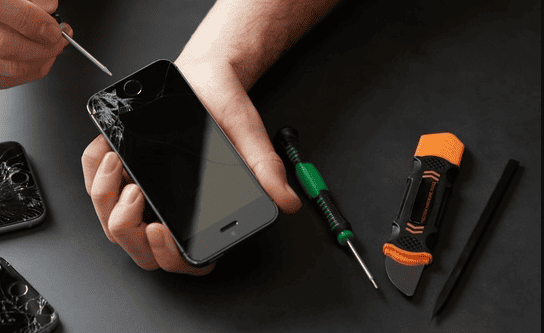

In the world of smartphone maintenance, fixing your own device can be empowering and save money. With the right guides and tools, many people can handle common issues like a cracked screen or battery replacement. First, identify the problem and get the necessary parts and tools. Step-by-step instructions can help. Once you have everything you need, you can start the repair process. This often involves carefully taking the device apart, replacing or fixing parts, and putting it back together without causing more damage. You might find it useful to watch video tutorials or join forums for extra tips and troubleshooting advice. Fixing your own phone not only saves money but also helps reduce electronic waste and extends the life of the device.
Fixing your own smartphone can save you money and hassle, and with the right tools and know-how, many common issues can be resolved at home. Here are some essential tips for a successful DIY phone repair experience

| Repair | Difficulty | Notes |
|---|---|---|
| Screen | Medium | Requires patience and following precise steps |
| Battery | Easy | Often requires minimal disassembly |
| Charging Port | Medium | May involve soldering or tiny components |
| Software Issues | Easy | May need research and online guides |
Remember: Patience, gentle handling, and detailed instructions are keys to success when repairing your phone yourself!
Embarking on DIY phone repair can be rewarding, saving time and money. This section will equip you with the knowledge to begin your repair journey safely and effectively.
To repair your phone, you’ll need specific tools and materials. A basic tool kit should include:
Always verify compatibility between tools and your phone model.
Research your phone’s design and layout before starting. For iPhones, Apple’s settings provide information, while for Android devices, manufacturers typically offer resources. Familiarizing yourself with the internal structure helps in identifying parts and navigating disassembly.
Static electricity can harm phone components. Use an anti-static wrist strap or mat. Always work in a clean, organized space to avoid losing screws or small parts. Disconnect the battery before beginning to prevent shorts.
Reliable guides are key to successful repairs. iFixit and YouTube offer comprehensive repair guides. Check for specific tutorials for your phone model—iPhone or Samsung, for instance—to ensure instructions match your device.
Look over your phone to understand the damage. Whether it’s a cracked screen, water damage, or a faulty charging port, knowing the extent of the issue helps in planning the repair process.
If new to phone repair, start with simpler tasks like changing a battery or fixing a headphone jack. These repairs require minimal disassembly and are less risky, building your confidence and skills.
Should you face complex problems or lack the right tools, consider a professional service like ubreakifix. Do this especially if repairs might void the warranty or when dealing with severe water damage.
Tackling phone repairs at home can be a cost-effective option for resolving various issues with the right tools and guidance. Precision and patience are key as these processes require careful attention.
Replacing a cracked or shattered phone screen starts with purchasing the correct screen for your model. You’ll need tools like a suction handle, opening picks, and a spudger. Begin by powering down the phone. Use a heat gun or hair dryer to loosen the adhesive and carefully lift the screen with the suction handle. Incrementally insert opening picks to gently separate the screen. Replace the adhesive and position the new screen, pressing firmly around the edges for a secure fit.
Changing a battery involves a similar process and often requires heating the device to soften adhesives. Once inside, disconnect the battery using plastic tools to avoid short-circuiting any components. Remove the old battery, clean residue with isopropyl alcohol, apply new adhesive strips, and place the new battery. Reassemble your device and power it on to verify success.
Components like the headphone jack, charging port, and buttons might require swapping out parts. For this, steady hands and organization are essential. Properly categorize and store screws, covers, and components as they’re removed to avoid damage and maintain order. Replacement pieces can often be found online, and instructional videos are widely available for guidance.
Common issues often include unresponsive touchscreens, charging problems, and software glitches. A user can often address these by doing a soft reset, checking the charging cable and port for damage, or exploring the device’s settings for potential software solutions. Online repair guides and forums may offer useful insights into these more routine hiccups.
After any repair, it’s important to test all functions of the phone to ensure everything operates as expected. Make a call, charge the phone, and check button functionality. After verifying repairs, consider adding a screen protector or case to help protect the phone from future damage. Regular maintenance, such as keeping ports clean and avoiding exposure to extreme temperatures, can prolong the life of your device.
When it comes to fixing a phone yourself, you might have some questions. This section aims to answer common inquiries, providing clear advice to guide you through DIY mobile phone repairs.
For any phone repair, a basic toolkit includes screwdrivers, a plastic opening tool, fine-tipped tweezers, and a spudger. If working on a screen, a suction cup and screen removal tool are helpful. It’s wise to have a clean workspace and small containers for holding tiny screws.
The cost for DIY phone repair varies based on the parts needed. Simple repairs might only require a few dollars for small parts, while a screen replacement could cost upwards of $100 for the part alone. Compare this to professional services, which may charge additionally for labor.
To fix a cracked screen, first, purchase the right replacement screen for your model. Power off the phone and remove any SIM or SD card. Unscrew and carefully lift away the back cover using a plastic tool, and disconnect the battery. Subsequently, remove the broken screen and attach the new one, reconnecting any cables. Reassemble your phone in the reverse order, being careful not to overtighten screws.
While unorthodox methods like using a windshield repair kit have been suggested, they offer temporary fixes and might not restore full functionality. For lasting repairs, it’s better to use proper tools and replacement parts designed for your phone’s model.
Repairing your phone on your own can void warranties and possibly lead to further damage if done incorrectly. Sensitive electronic components are at risk, and there’s a possibility of personal injury if using tools improperly.
Consider your skill level, the complexity of the repair needed, warranty status, and the cost of replacement parts. If you have some experience with electronics and the repair is straightforward, it can be a good project. However, if the phone is expensive, still under warranty, or requires complex work, professional repair services are recommended.